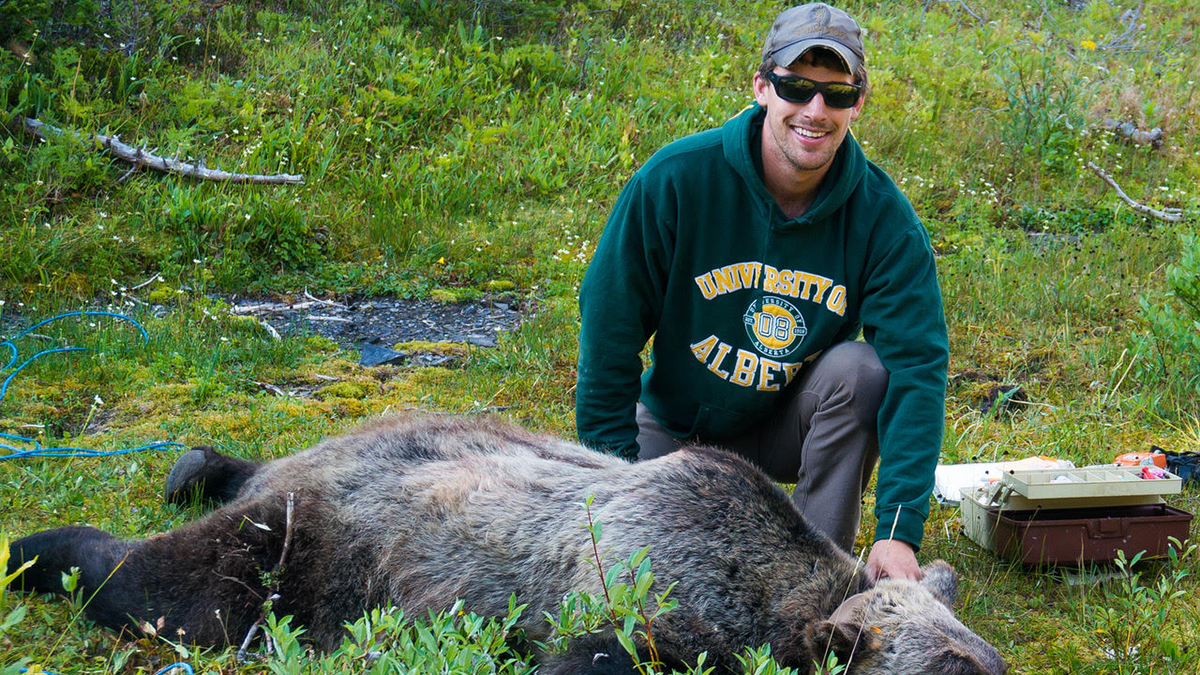 Supplied
SuppliedHaving grown up in an outdoors-oriented household, Clayton Lamb has always felt connected to the wilderness.
Now as a Ph.D. student at the University of Alberta, he researches grizzly bears and their interactions with the environment in south-eastern British Columbia.
“I ended up on bears because they’re charismatic and (researching them) was a great project that aligned with my interests,” Clayton said.
Clayton aspires to decode and better understand grizzly bear movement, populations, reproduction, and survival. He focuses on studying “ecological traps” — pieces of habitat that grizzly bears historically did well in, but now are surviving poorly in due to human changes.
“Either (the bears) have nowhere left to go or they’re bumping into humans and dying,” Clayton said.
Ecological traps draw bears in by providing seemingly-favourable living conditions. However, Clayton has found that the bears are increasingly attracted to areas with dense human populations that have more food attractants. Bears living in these high-risk areas face a 17 per cent lower survival rate than their backcountry counterparts. Industries such as oil and forestry are linked to a decline in bear population.
“One of the things we are finding is that a lot of these (ecological traps) have more far-reaching effects than we have ever thought,” he said.
Clayton has seen differences in survival rates himself — in the backcountry, the oldest bear he’s ever found was 33. In an ecological trap, the oldest he’s ever found was 10. The majority of bear deaths in ecological traps are due to human causes, 70 per cent of which are not hunting-related but are due to road and rail collisions or human-wildlife conflicts.
Clayton’s most recent study, “Forbidden fruit: human settlement and abundant fruit create an ecological trap for an apex omnivore” was published in the Journal of Animal Ecology.
As a researcher of grizzly bears movements, Clayton works in the field. To gather data, he uses different research techniques including DNA marking and collaring. He gathers statistics on bear relocation and mortality across the southern Rocky Mountains to map out ecological traps.
Clayton also uses less technical tools for luring bears, such as rotten cow blood. Once, while pouring blood from one container to another, his partner was sprayed in the face and unintentionally became a scent lure. The only materials available to clean the mess were car wipes.
Clayton said there are two ways to help reconcile bears’ needs with those of humans in environmental traps. The first, to have more people use bear spray; and the second, to reduce human-bear overlap.
When Clayton finishes his Ph.D., he hopes to continue collaring bears and work in conservation. He aspires to one day be a grizzly bear ecologist in British Columbia.




